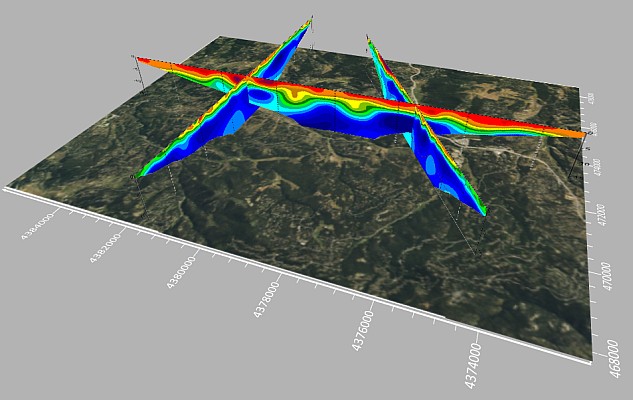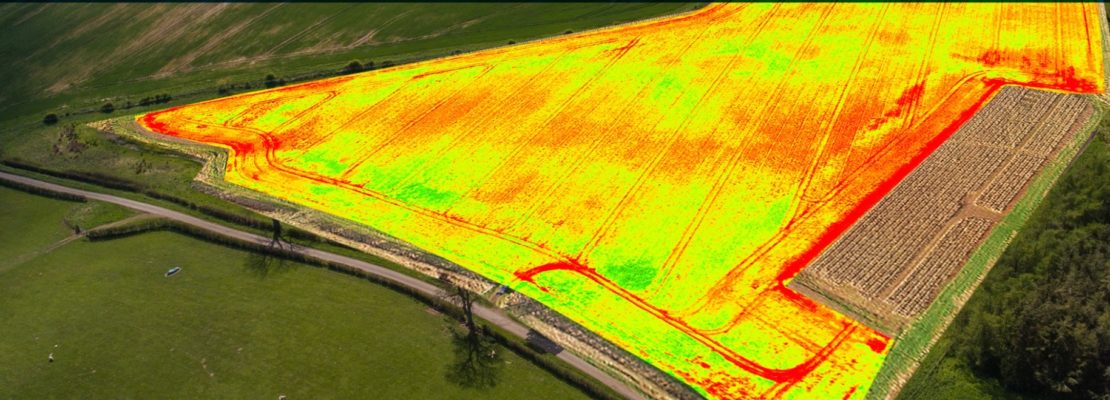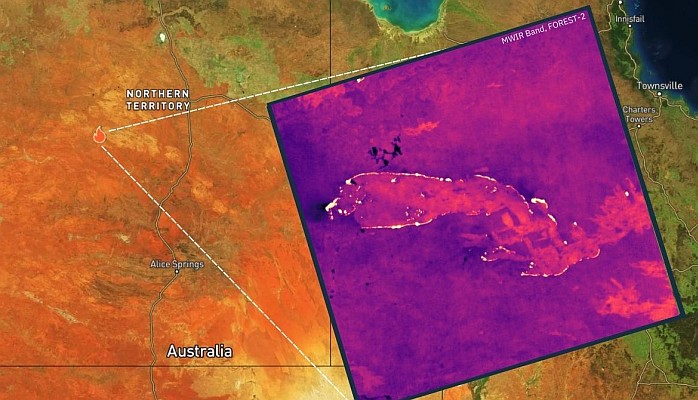 Today’s farmers have more technology at their disposal than ever before. One piece that is expected to greatly impact the production of food and fiber is geographic information systems (GIS) technology.
Today’s farmers have more technology at their disposal than ever before. One piece that is expected to greatly impact the production of food and fiber is geographic information systems (GIS) technology.
According to the Food and Agriculture Organization of the United Nations, the world’s population will reach 9.1 billion, 34 percent higher than today’s population, by 2050. According to GIS software technology firm Esri, the ability of GIS to analyze and visualize agricultural environments and workflows has proven to be very beneficial to those involved in the farming industry.
“GIS is crucial in agriculture as it can be used to understand everything from where to better apply fertilizers to mapping various conditions of the soil. The information is processed immediately and indicates to farmers whether they need to adjust their strategy to improve production, which directly impacts revenue, food and products for the world’s population,” says Devon Cancilla, Ph.D., dean, business and technology at American Sentinel University.
Examples of GIS used as a farming tool
GIS tools help farmers conduct crop forecasting. Using Esri’s ArcGIS, they can collect georeference samples in cultivated areas and apply a statistical process to the samples. After completing the data, they create a geodatabase that helps farmers make better decisions. This forecasting measure helps them better accurately conduct harvests and save on spoilage, meaning more food gets to people. Colombian coffee bean farmers used this technology to update a 20-year-old survey of coffee production.
The Federación Nacional de Cafeteros de Colombia (FNC) was formed to represent the interests of the small coffee growers in the country and faced a problem in centralizing the data collected from its farms. This impacted the federation’s ability to negotiate better coffee prices based on coffee yield predictions across the entire country.
FNC used ArcGIS analytic tools for crop forecasting. The beans were counted and weighed, and then statistical processes were applied to extrapolate crop estimates for the succeeding six-month period, according to an Esri case study. After completing their samplings, the FNC field service teams uploaded the crop yield data into a geodatabase through either an Internet-based server application or a custom-built ArcGIS Mobile application. FNC was also able to monitor the socioeconomic factors that affect farmers.
In another Esri case study, Australian sugarcane producers used GIS to improve operations. The Herbert Resource Information Centre, a non-profit organization that supports sustainable development of the sugarcane industry, used web-based GIS applications that include Cane Mapping and Management, Real-Time Cane Harvester Monitoring, Sucrogen Rail Safe Integration and Cane Yield Monitoring systems.
According to Esri, these applications use GIS to promote efficiency, productivity and improved environmental outcomes for HRIC partners and sugarcane growers. GIS was specifically used to monitor the Herbert River catchment basin, which is sandwiched between two environmentally protected areas – Wet Tropics World Heritage Area and Great Barrier Reef Marine Park. Esri says the cane-growing industry uses the tools provided by HRIC to improve productivity while monitoring and reducing impact on the environment and maintaining community relations.
“Using Esri’s enterprise GIS has allowed us to integrate our various data inputs and provide real-time access for managers and decision makers. In development terms, we are doing things now in hours and days that would previously have taken us weeks and months. Technically, we can put in place anything we envision at the moment. Our challenge is to identify the business models that are sustainable and support those opportunities through GIS,” says Raymond De Lai, HRIC manager.
Esri’s GIS platforms have also helped the U.S. Department of Agriculture’s Animal Plant Health Inspection Service. According to Directions Magazine, APHIS has implemented GIS-based projects across the country to address various agricultural and natural resource issues.
Other GIS software
While Esri is the dominate software firm in the GIS space, several other software houses solely make GIS applications for the farming industry. Farm Credit Canada recently launched Field Manager PRO 360. This GIS software allows farmers to take a closer look at their operations using satellite imagery.
Developed in partnership with Logiag, an agri-environmental specialist company, FM PRO 360 shows aerial images of fields so producers can map and compare their yields. Other agriculture GIS solution providers include SST Software, PCI Geomatics, Case Corporation and Land View Systems.
In fact, agriculture is thought to be one of the fastest-growing GIS customer bases. So what does that mean for prospective GIS degree students? More career opportunities.
GIS: a technical skill that applies to several rapidly growing fields
From the professional user of geospatial data to the common consumer of mainstream media, American Sentinel’s B.S. GIS programs prepare students to analyze, interpret and effectively communicate spatially-based data to a wide audience and provides the tools necessary to present complex concepts as meaningful and useful information for business and consumer solutions.
An online GIS degree is ideal for problem-solvers who enjoy learning new technologies and applying them to business – especially those who like the idea of working with software that visualizes data, as opposed to simply reporting it in numbers and charts. Earning a bachelor’s degree online in GIS will prepare students to enter and/or move up in this rapidly growing field.
Learn more about American Sentinel University’s GIS degrees.






